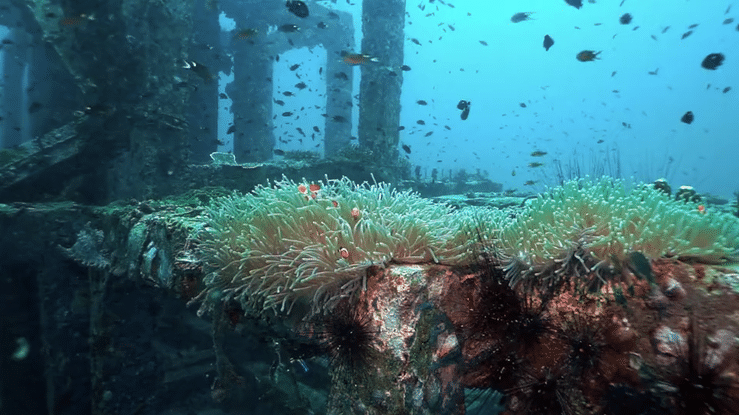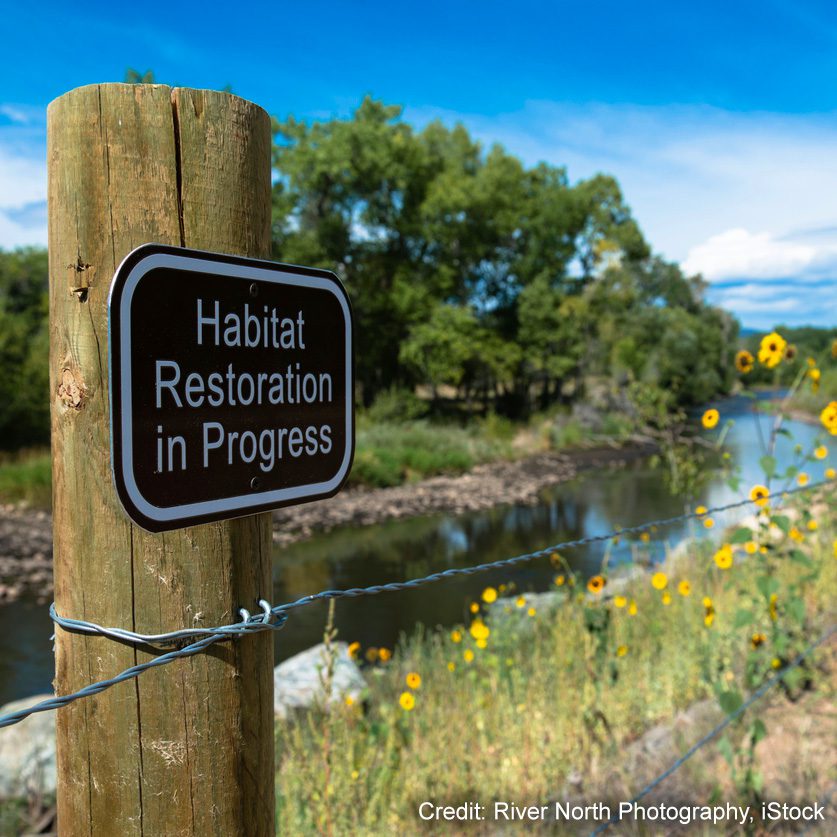
Jul 08, 2024 Nature Restoration and Rewilding
On Monday, June 17, 2024, 20 out of the 27 countries in the European Union (EU) voted to adopt the world’s first Nature Restoration Law. The law passed with a slim majority, as Leonore Gewessler, the Austrian Minister for Climate Action, decided at the last minute to vote in favor. According to EU voting rules, a qualified majority of 55% of countries representing 65% of the EU’s population must pass legislation. The law aims to restore at least 20% of the EU’s land and sea by the decade’s end.
 The law’s passing was welcomed by a diverse group of international observers, including Li Shuo, director of the China Climate Hub at the Asia Society Policy Institute, and Inger Anderson, Executive Director of the United Nations Environment Program. Anderson emphasized the EU’s importance in global talks on biodiversity and nature restoration, with the next meeting of the parties on the Convention on Biological Diversity scheduled for November 2024 in Cali, Colombia. She also criticized opponents of the EU law, arguing that “investing in nature brings benefits for us all” and stressing that the failure to pass the law would have harmed the EU’s credibility in ongoing international negotiations.
The law’s passing was welcomed by a diverse group of international observers, including Li Shuo, director of the China Climate Hub at the Asia Society Policy Institute, and Inger Anderson, Executive Director of the United Nations Environment Program. Anderson emphasized the EU’s importance in global talks on biodiversity and nature restoration, with the next meeting of the parties on the Convention on Biological Diversity scheduled for November 2024 in Cali, Colombia. She also criticized opponents of the EU law, arguing that “investing in nature brings benefits for us all” and stressing that the failure to pass the law would have harmed the EU’s credibility in ongoing international negotiations.
However, the division in Europe persists. The leader of the Austrian coalition government was angered by Gewessler’s actions and stated that he would seek to press criminal charges against her for abuse of power. Gewessler contends that, as the Austrian Minister for Climate Action, she had the right to change her vote. As reported under Austrian law, the country’s federal regions must agree on a common position on environmental issues. If they cannot reach an agreement, then the federal minister is responsible for making the decision. Until a week before the EU vote, all Austrian regions opposed the bill. However, the region of Vienna changed its stance, which allowed Gewessler to vote in favor of the legislation.
The European Union situation provides a clear example of how controversial the restoration of nature (or “rewilding”) can be. In 2019, Cambridge University Press published a book called Rewilding, which features a chapter by the book’s editors titled “Rewilding: A Captivating, Controversial, Twenty-First Century Concept to Address Ecological Degradation in a Changing World.” However, “rewilding” and “nature restoration” conjure different images depending on who is discussing or proposing them. In Europe, restoration supporters, including environmental advocates and European banks and businesses, emphasize the importance of restoring nature to improve farming yields and human health and preserve the aesthetic aspects of thriving natural systems. On the other hand, opponents, such as farming, forestry, and fishing interests, are worried that the proposed or anticipated restrictions on human use of natural systems required by nature restoration will lead to reduced food production and interfere with human livelihoods.
The Cambridge University Press book also includes a chapter on the history of wilderness and rewilding by lawyer and political activist David Johns. Johns briefly describes the origins of the term “wild” and the concept of rewilding, explaining that wild areas are those where human controls are mainly absent. The International Union for the Conservation of Nature has a system for categorizing world regions that are not under human control and those areas allowing some form of human use. In the early 1990s, a group of conservation scientists and environmental advocates became concerned that existing protected areas were failing to prevent an increase in species extinctions or maintain wilderness qualities. They called for the creation of a network of connected protected areas that would be adequate to maintain “native biodiversity” in perpetuity, with a core feature of this vision being a mixture of both existing and restored wilderness. In 2011, around 25% of ice-free land in the USA was estimated to be wild, and another 20% was seminatural. The appropriate roles of top predators and keystone species in rewilding and nature restoration remain contentious.
According to Johns, rewilding is becoming a central focus for restoring nature in densely populated Europe. The 2013 Wild Europe Initiative, a collaborative project involving the European Commission, the Council of Europe, and numerous NGOs, is the most prominent rewilding project. However, political support for such initiatives seems to have peaked, as evidenced by the recent debate over Europe’s Nature Restoration Law. A new economic and political balance between short-term human interests and a long-term vision of preserving natural capital and biodiversity and safeguarding the biosphere for future generations is needed. While new organizations like the Global Rewilding Alliance promote rewilding and nature restoration concepts, opposing anthropocentric forces are gaining traction. As David Macdonald of Oxford University’s WildCRU notes at the end of a recent (2023) book on Biodiversity Conservation, “In a world united by the internet but divided by resources and deep-seated human behaviour, towering threats loom over biodiversity, and thus over humanity. . . [People cannot] deliver a future for biodiversity without understanding its processes and appreciating their oneness with nature.”
Video credit: Placebo, iStock


